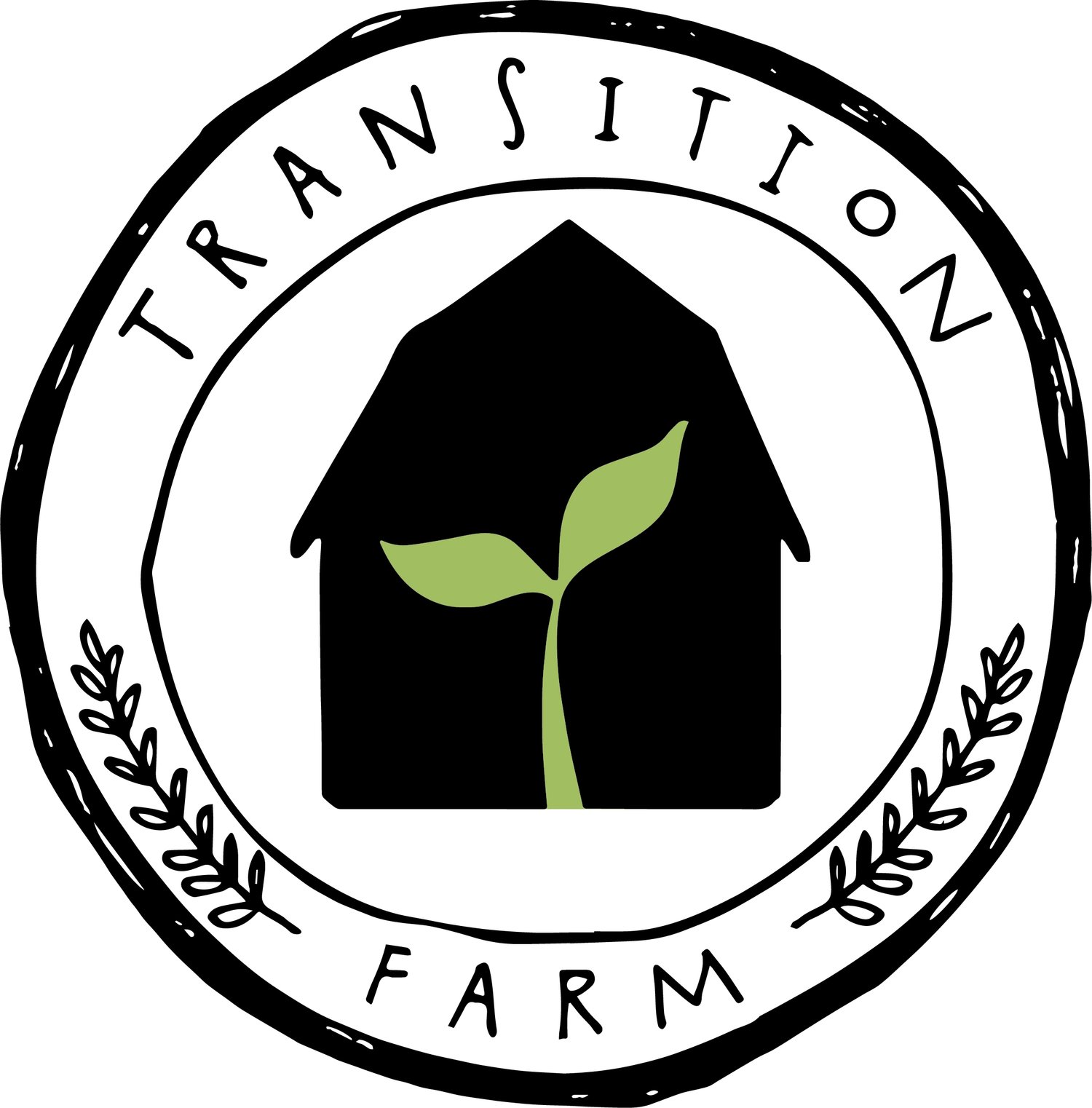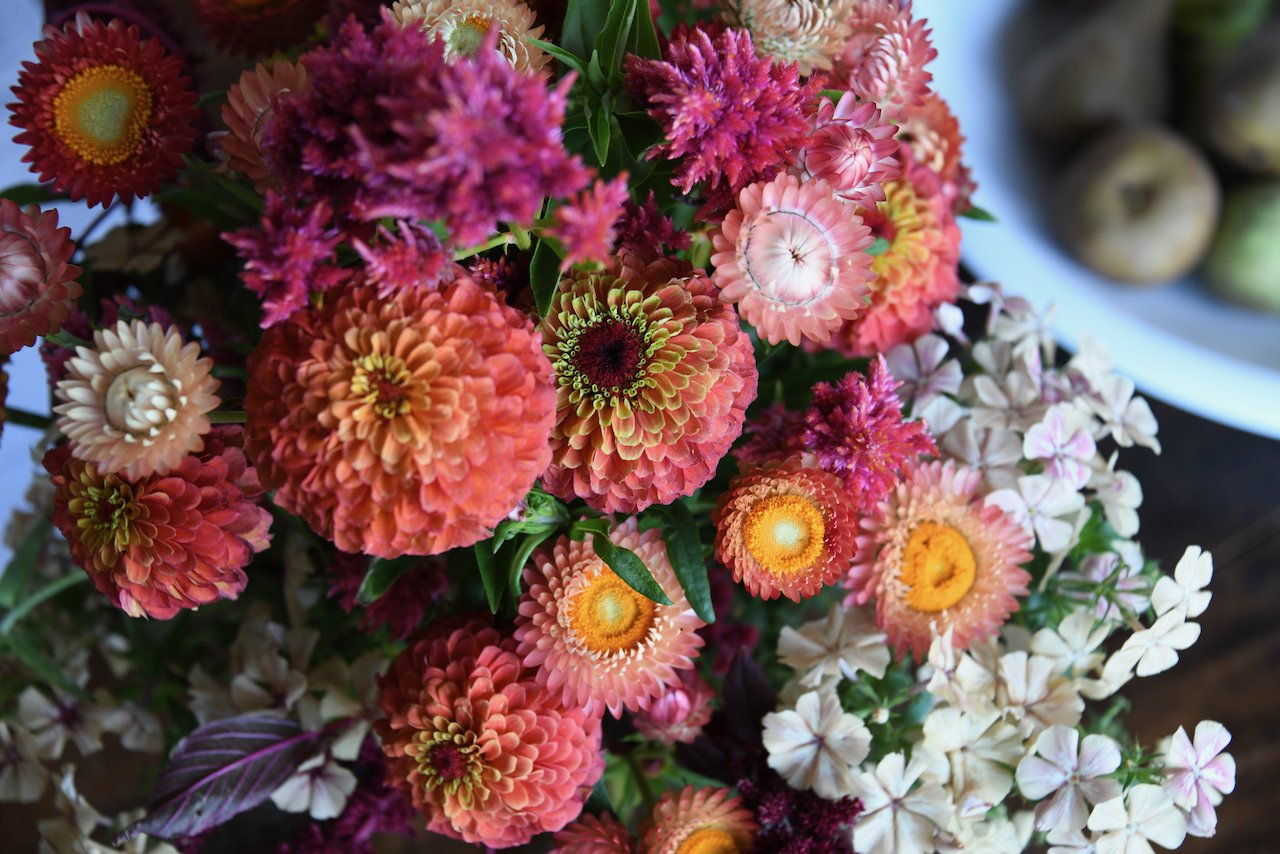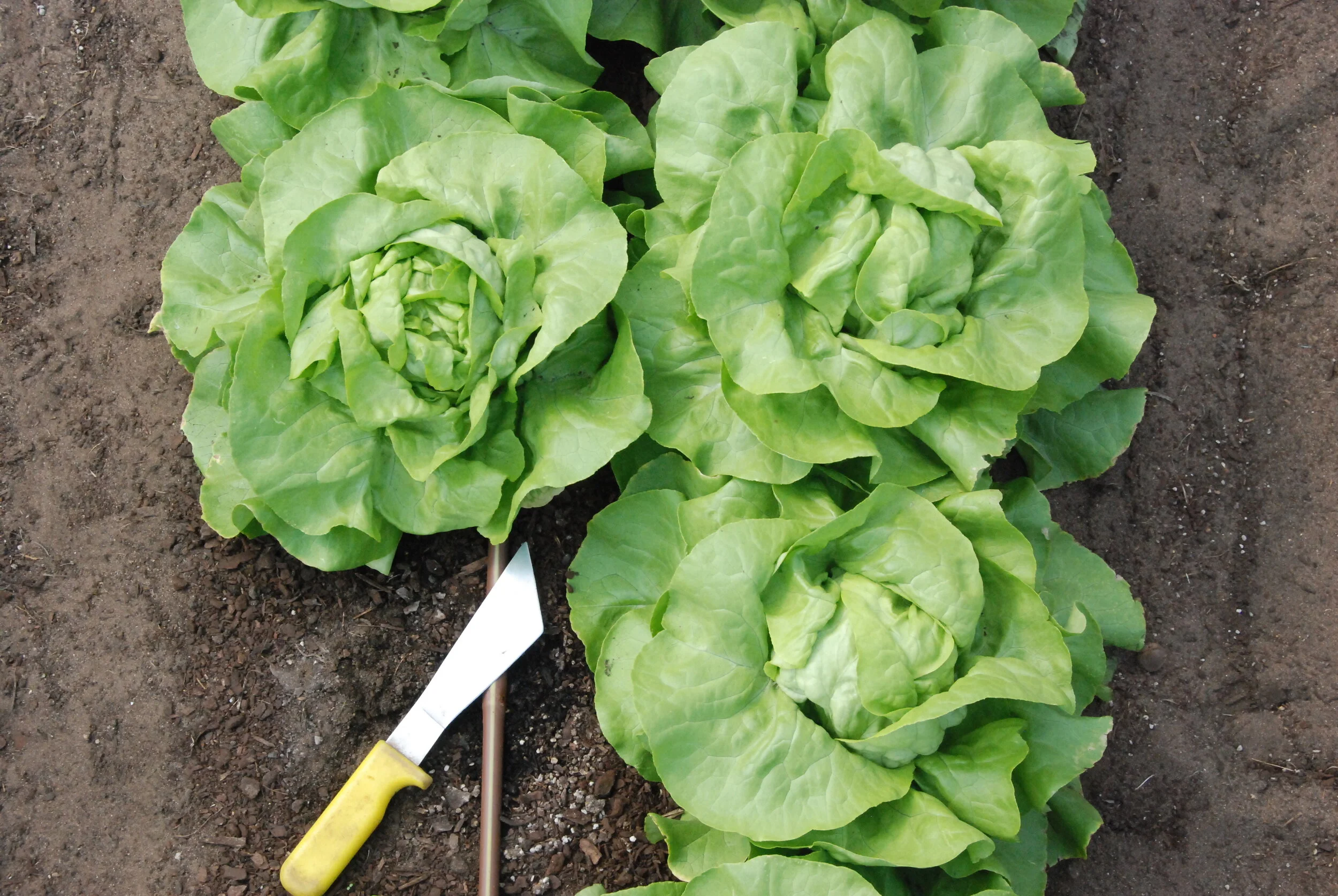Sowing and Transplanting in December
/CSA share from February - crops sown August - December
December! Victorian’s declare the beginning of Summer on 1 December. With Summer Solstice on 21 December, we have now entered ten weeks of long days and expanded sunrise and sunsets!
The garden tasks of mid-late November continue with the weeds growing fast, sunny days resulting in the need for irrigation and plants needing support- not only physically with tomatoes to tie up and capsicums and flowers to stake but also patrolling to ensure pest and disease do not gain a foothold.
We have written a guide to growing summer lettuce.. 5 STEPS TO SUCCESSFUL SUMMER LETTUCE. We hope this will help you have a steady supply through the heat - lettuces most challenging season.
Succession planting is needed now to keep you harvesting your summer favorites. We have outlined our sowing and growing plan below.
Transition Farm in December
Here are the crops we sow and transplant in December:
Greens
Lettuces - You may feel like you have ample lettuce but soon all the spring lettuces will bolt and go bitter. Sow now for mid January, February and March harvest - just when you are really wanting sweet juicy lettuce!!
Icebergs like Crispino and Salinas 88 cope well with summer heat and make for a juicy, crunchy salad, sandwich and hamburger!
Colorful crisped lettuces such as Joker, Jester and Rosencrantz also thrive in summer heat.
Gem/Romaine Lettuces like Pandero, Jadeite, Double Density, Flashy Troutback. These love the heat remaining sweet and juicy, grow quickly and can fit in to all the empty little spots of the garden adding colour. We sow every two weeks to keep a constant supply for salads and grilling!
Orach is a heat loving spinach like leaf that can be deep purple to golden. We love adding it to salads, putting it under fish or BBQ chicken and sautéing it on its own
Rocket - for a constant supply, sow every two weeks
Celery - we continue to sow and transplant celery each month for a continuous supply
Basil. We ensure a constant supply of high quality leaves by successively sowing all basils. The bees love the flowers but as soon as the plant starts to flower, the leaves lose their quality.
We continue to successively sow coriander every two weeks- as the days grow longer, its desire to bolt or shoot up to flower increases
We usually sow parsley 3 times throughout the season to keep a strong supply. Our second sowing happens now.
Dill is not only a favorite in potato salad, we love it in our cut flower bouquets. We sow it every six weeks to keep a constant supply
Perilla’s bright, minty perfume with hints of cinnamon and clove are not only delicious with fish or muddled into a mojito, with its long vase life, it also adds lovely colour to cut flower arrangements
Roots
Summer Cut Flowers of Zinnias, Tithonia and Cosmos
Edible flowers alyssum, calendula and nasturtium
Successive plantings of fillers such as Pennycress and mignonette
Sunflowers
Read more about FLOWERS TO DIRECT SOW Now
Beans
Optimum soil temperature for germination is 21–32°C. Plant when daytime soil temperatures average at least 16°C, or risk poor germination.
Corn
We direct sow sweet corn now ensuring that is planted in a block of at least 1.5m * 1.5m to ensure good kernel pollination
Zucchini, Summer Squash and Cucumbers
We will be sowing our next succession mid December. We successively plant zucchini, squash and cucumbers 3 times throughout the season. This keeps our plants strong, healthy, contained and productive! Our rule of thumb is when the plants produce their first flowers, it is time to sow the next round.
Melons and Watermelon
We transplant a second sowing of quick to mature melons and watermelons in December.
Brassicas
We pause our brassica plantings from now until February. Although there are new varieties which thrive in the heat, with our limited space and need to rotate crops to prevent disease and maintain nutrient density, we reserved our space for Autumn brassicas.
PLEASE NOTE - These recommendations are completely based on our 14 years of growing on this patch in Southern Victoria, Australia. See Key Information To Record For Future Success to understand on what we base this information.















